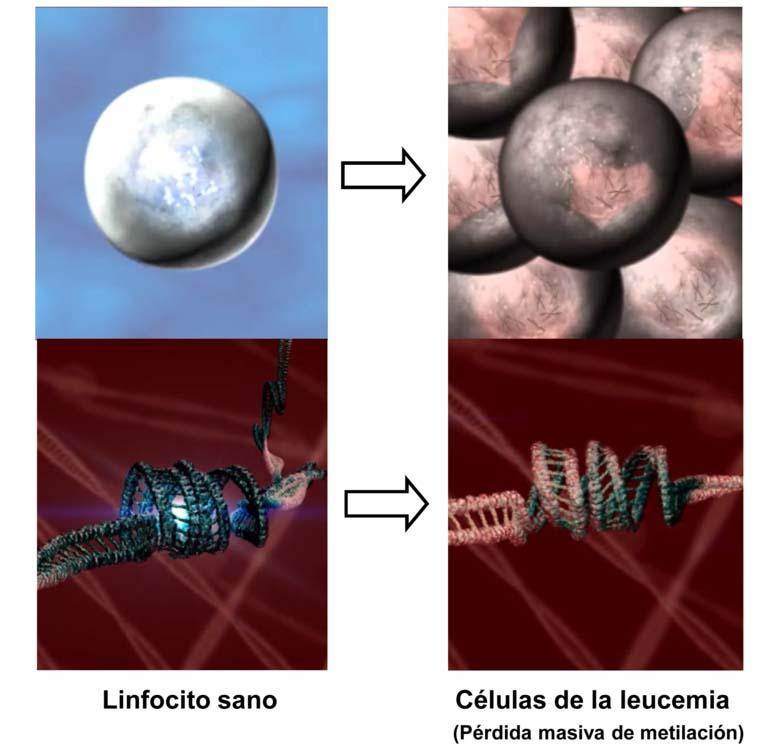International Cancer Genome Consortium (ICGC)

- Promotion of strategic sectors - Health and bio-research
- 2008
- 2009
- 2010
- 2011
- 2012
- 2013
- 2014
- 2015
- Developing
- Operating
- Stand-by
To be able to analyse individual genetic variability, the Consortium proposed the study of a high number of patients, which has to be no less than 500 for each type of tumour, and for whom it is necessary to have access to complete clinical and pathological information. The description of genomic alterations should be completed with transcriptomic and epigenomic studies of the tumours themselves.
Dr. Elías Campo, Director of Research at Hospital Clínic and Professor of Pathological Anatomy at the University of Barcelona (UB) Faculty of Medicine
PROJECT OBJECTIVES
To generate an exhaustive catalogue of genomic alterations in malignant neoplasms of the 50 types and subtypes of cancer with a major social and clinical impact on the population worldwide.
PROJECT DESCRIPTION
The Genome of Chronic Lymphatic Leukaemia project, with the participation of over 16 institutions, has the objective of sequencing the complete DNA of the tumour cells in order to find out the genetic alternations that cause its development and progression. With this information it can be seen which patients will respond best to each treatment and thus, select the therapy most suitable in each case.
During the year 2014, four studies were published, one of which determined that mutations in TLR/MYD88 only appeared in a group of young patients with chronic lymphatic leukaemia with a favourable outcome.
In the same period, a new computational method was developed that allows fast, precise and simple detection of the genomic changes responsible for the appearance and progression of tumours This method, known as SMUFIN (for Somatic Mutations Finder), is capable of analysing the complete genome of a tumour and detecting its mutations in a few hours, and in addition it manages to localise alternations that until now were hidden even if analysed with methods that require the use of supercomputers for a period of several weeks. The journal Nature Biotechnology published the article describing the characteristics of this SMUFIN method, which was developed by the computational genomics group of the BSC-CNS in collaboration with other research groups in the project.
The fact is that this project is being undertaken, in part, from Barcelona, is a manifestation of the prestige that research in general, and biomedical research in particular, is acquiring on an international level. Therefore, it denotes the competitiveness and capacity of international cooperation both of researchers from here and their leaders and the projects that are undertaken.
ECONOMIC AND TECHNICAL DATA
- Forecast budget 2009-2015: €15 M
- The project’s sequencing activity is carried out at the new National Centre for Genomic Analysis located in the University of Barcelona’s Science Park area.
